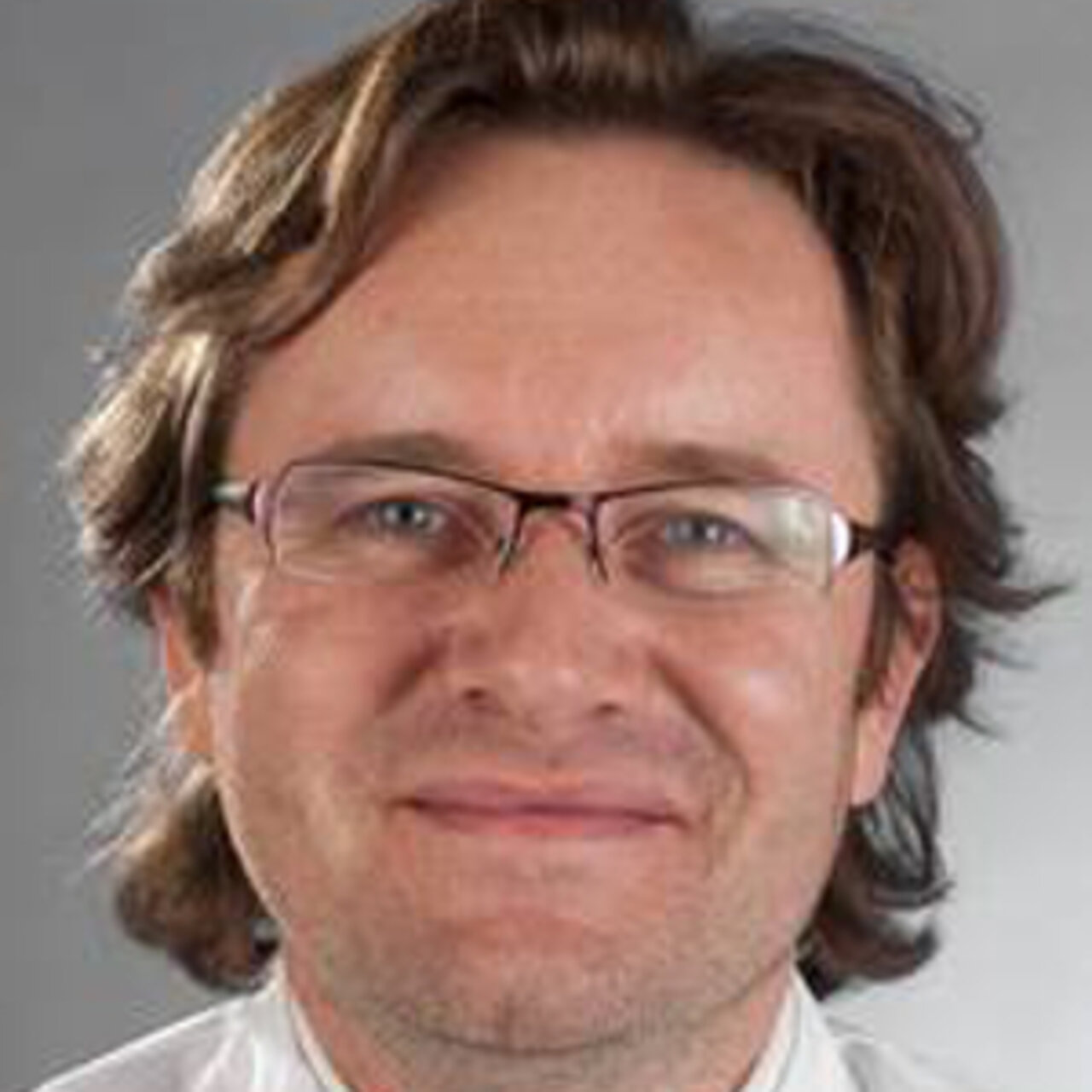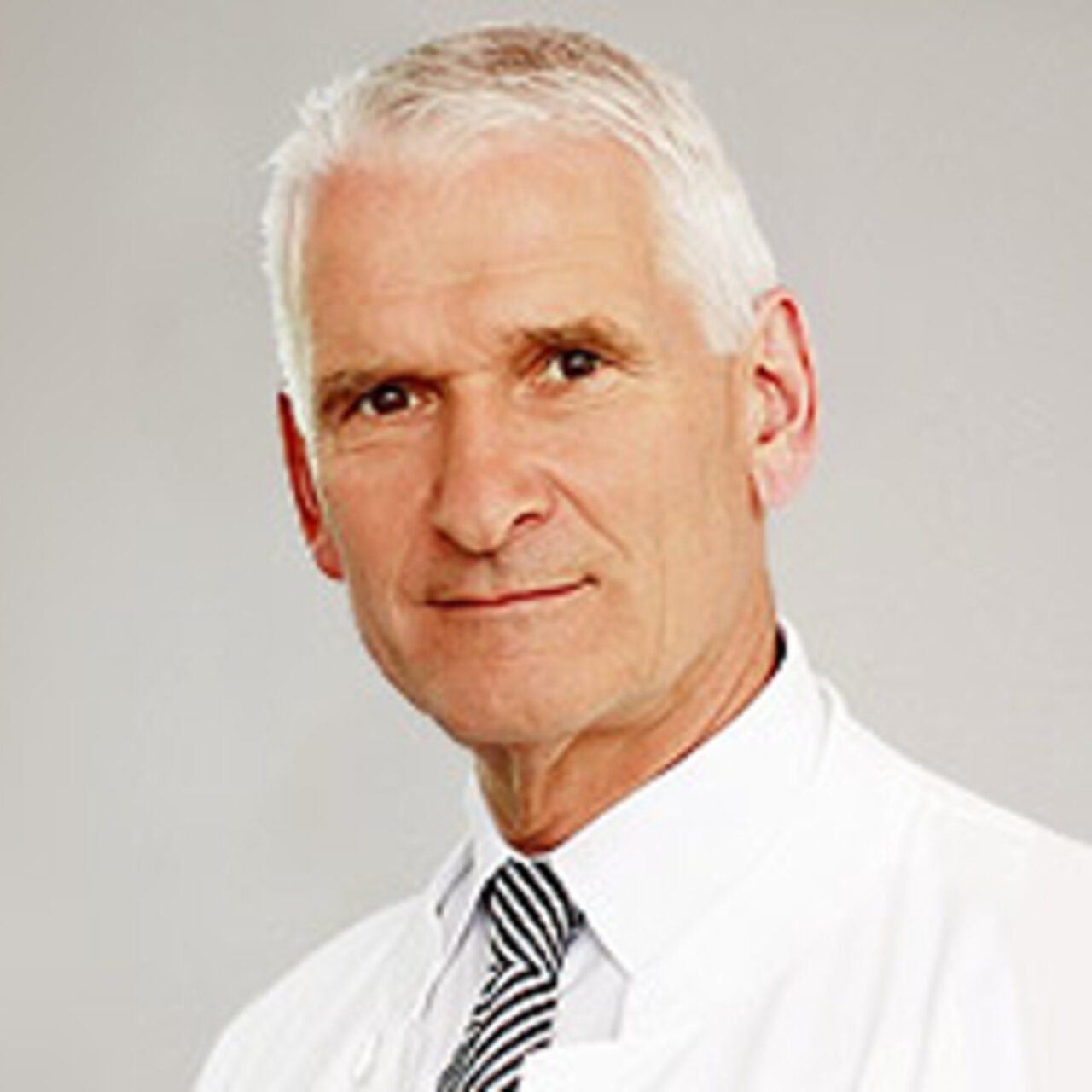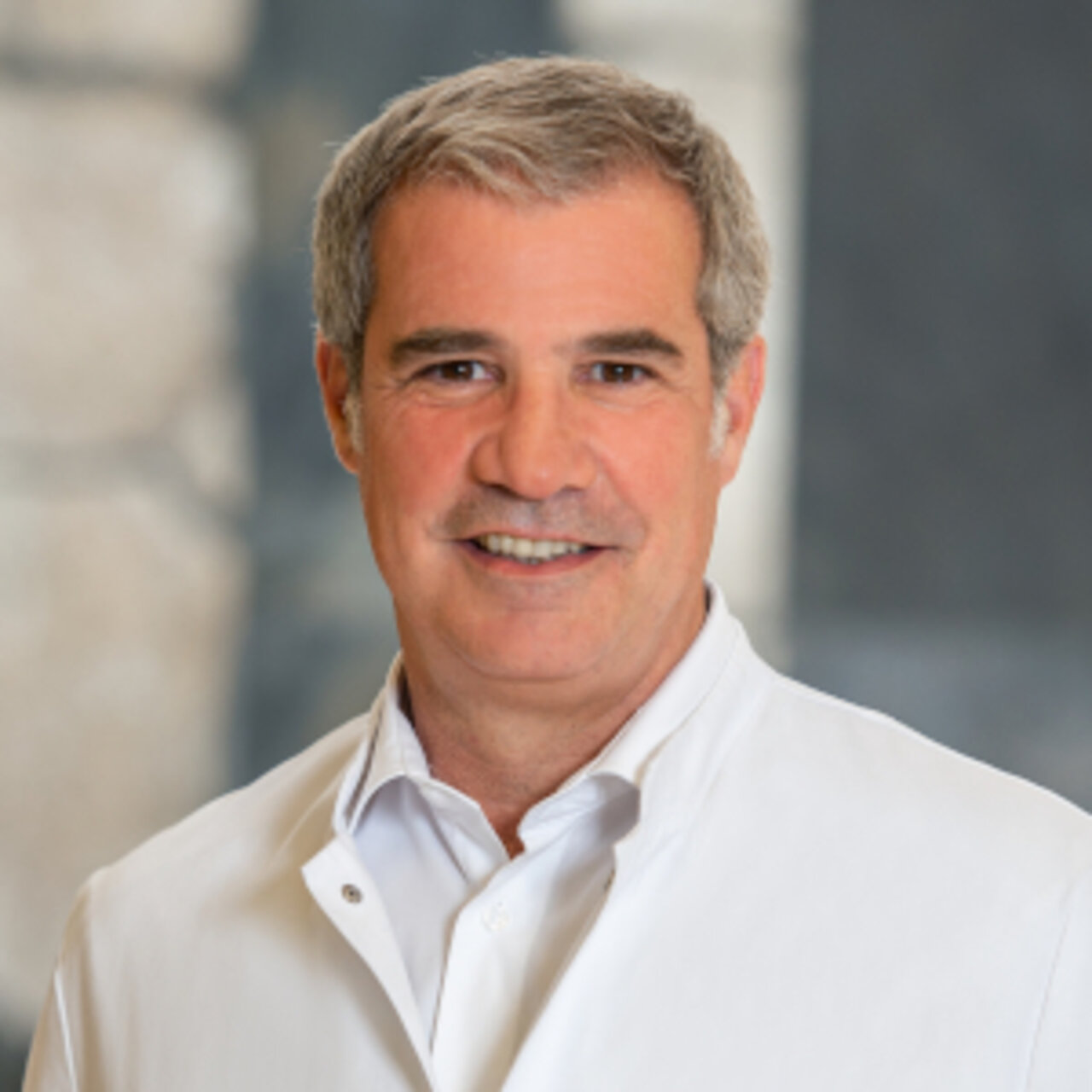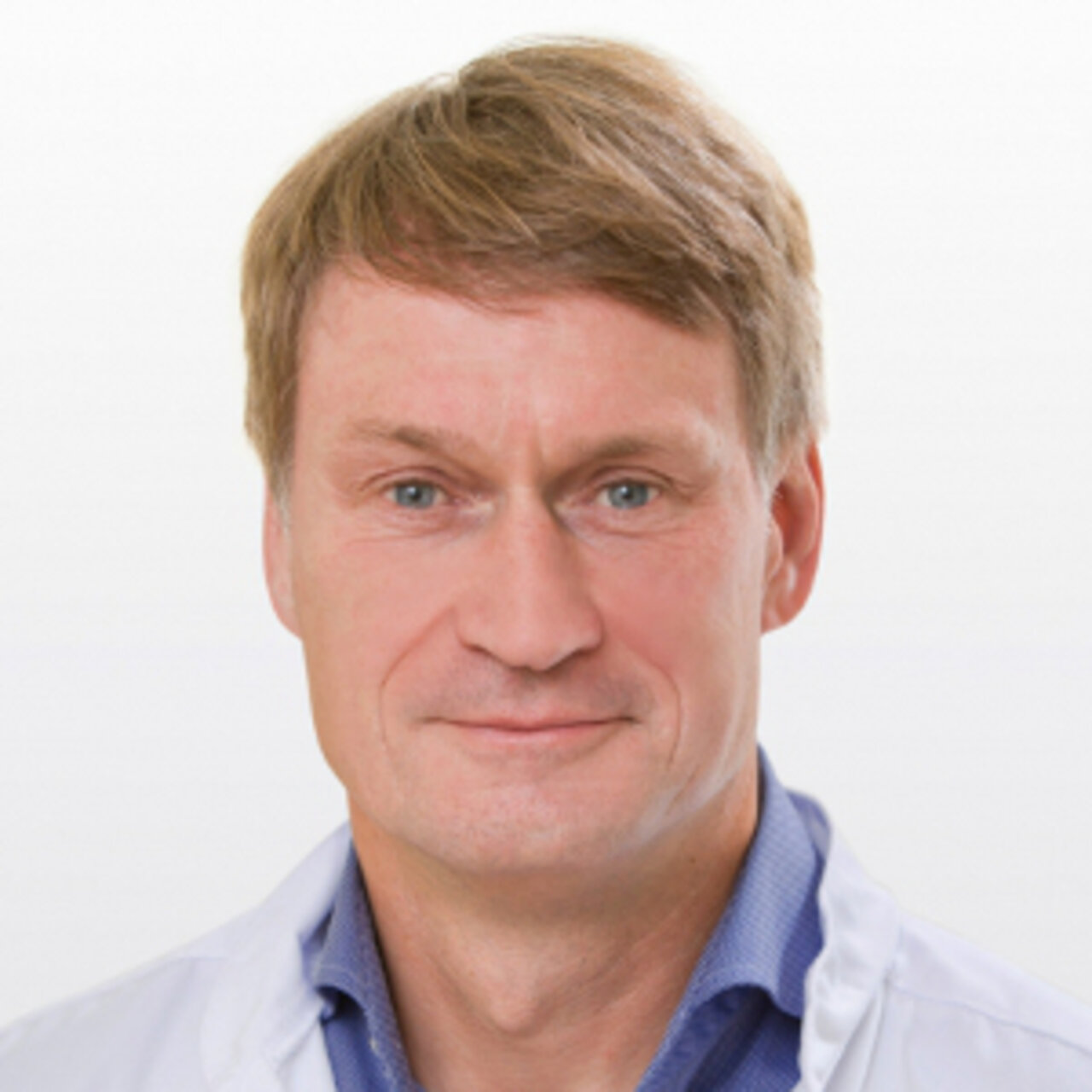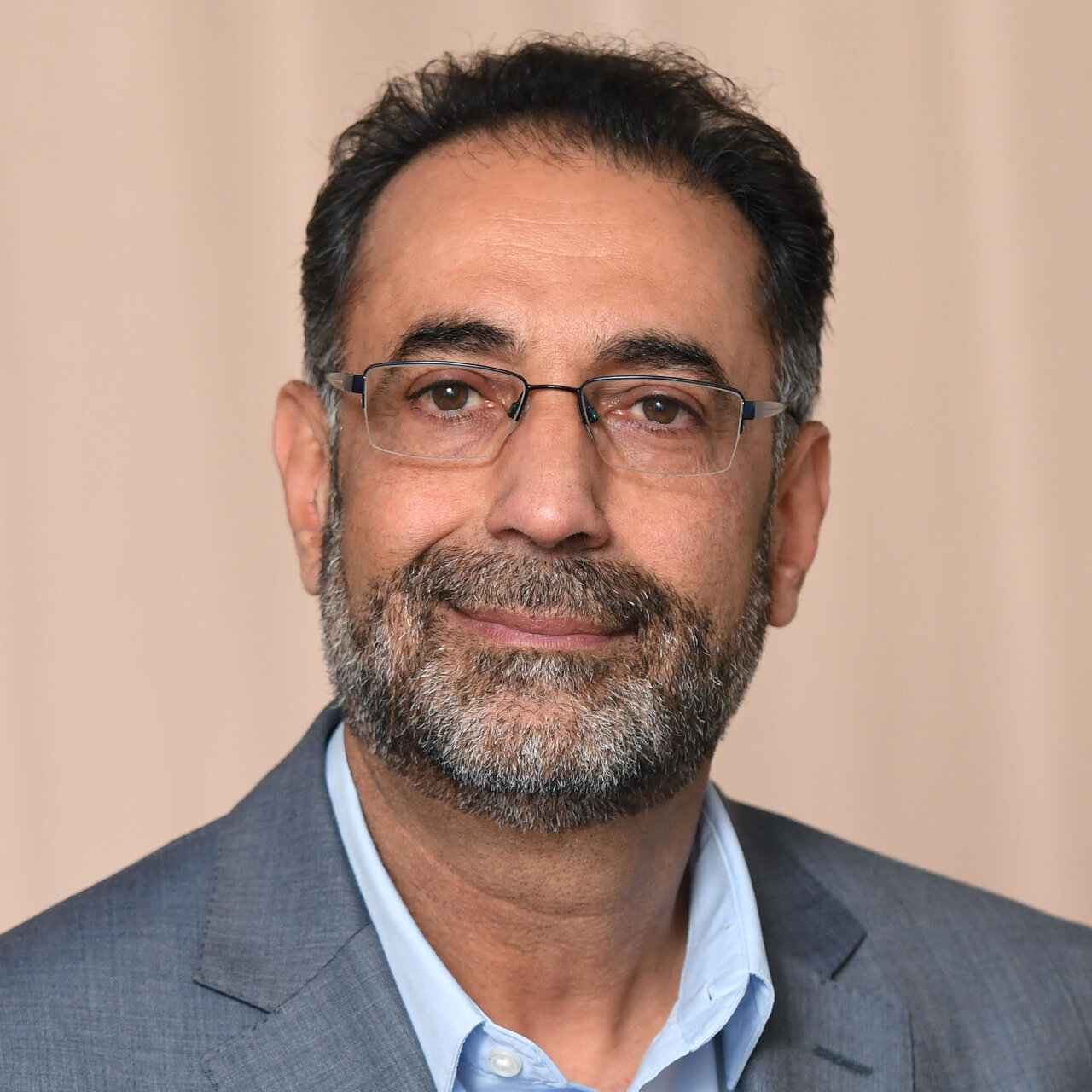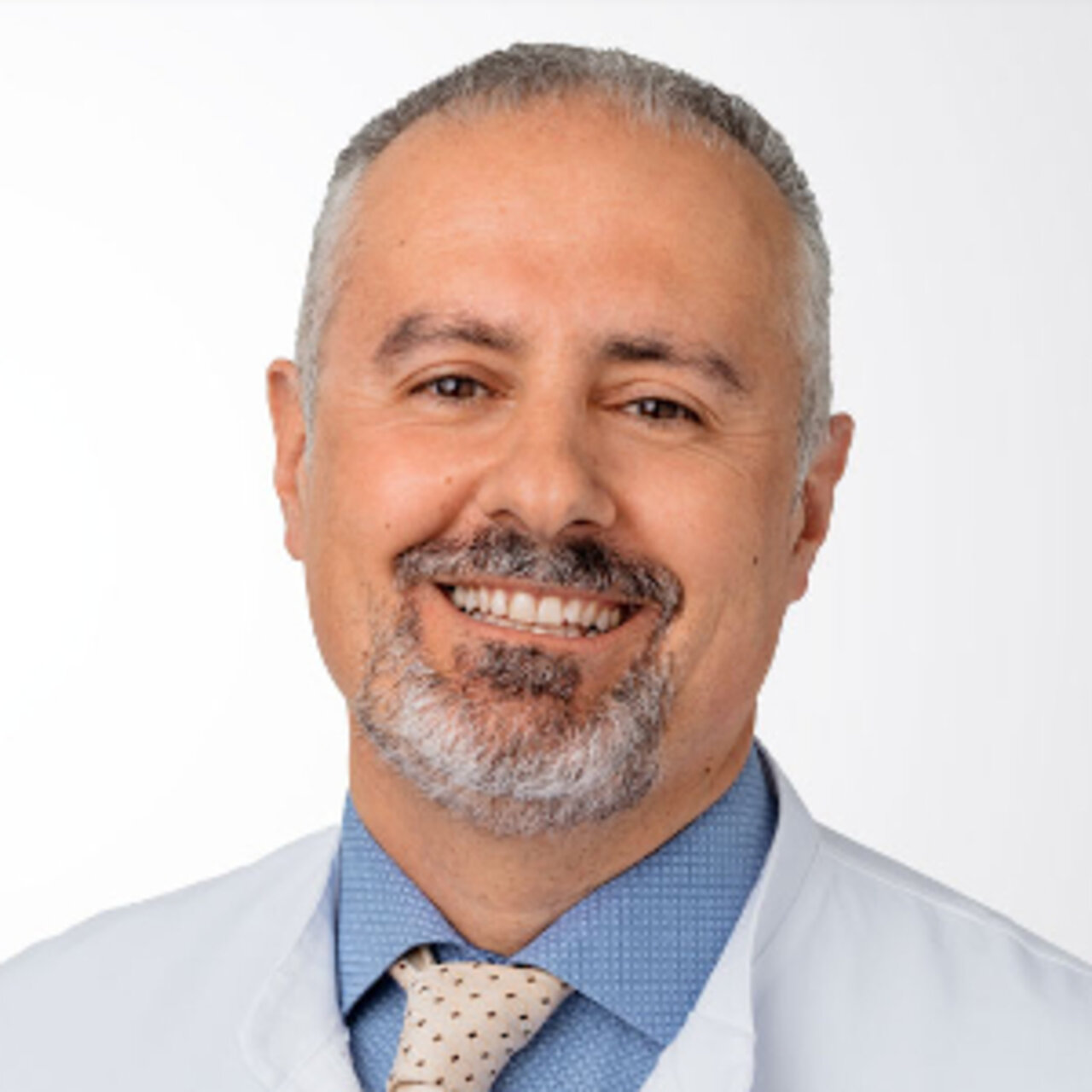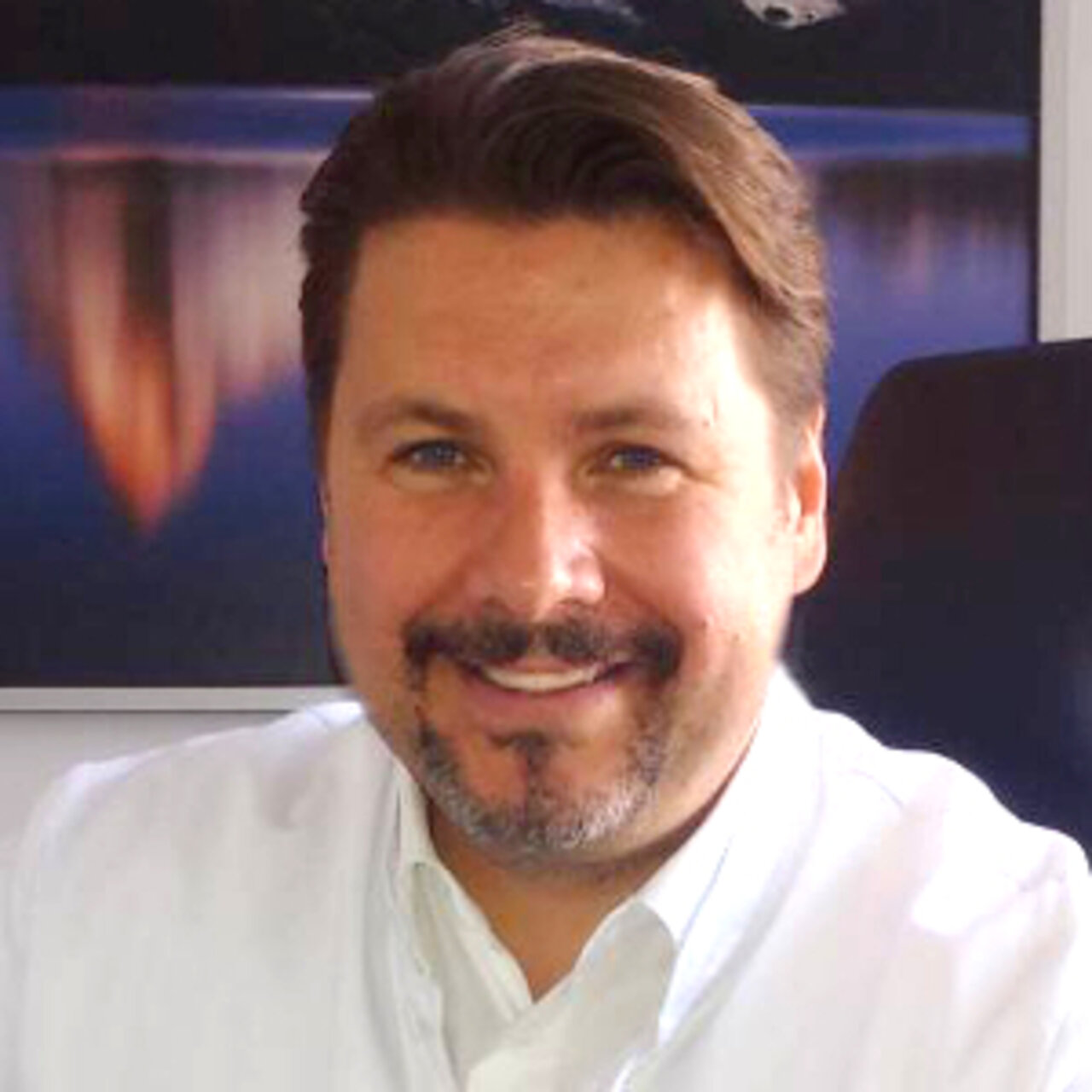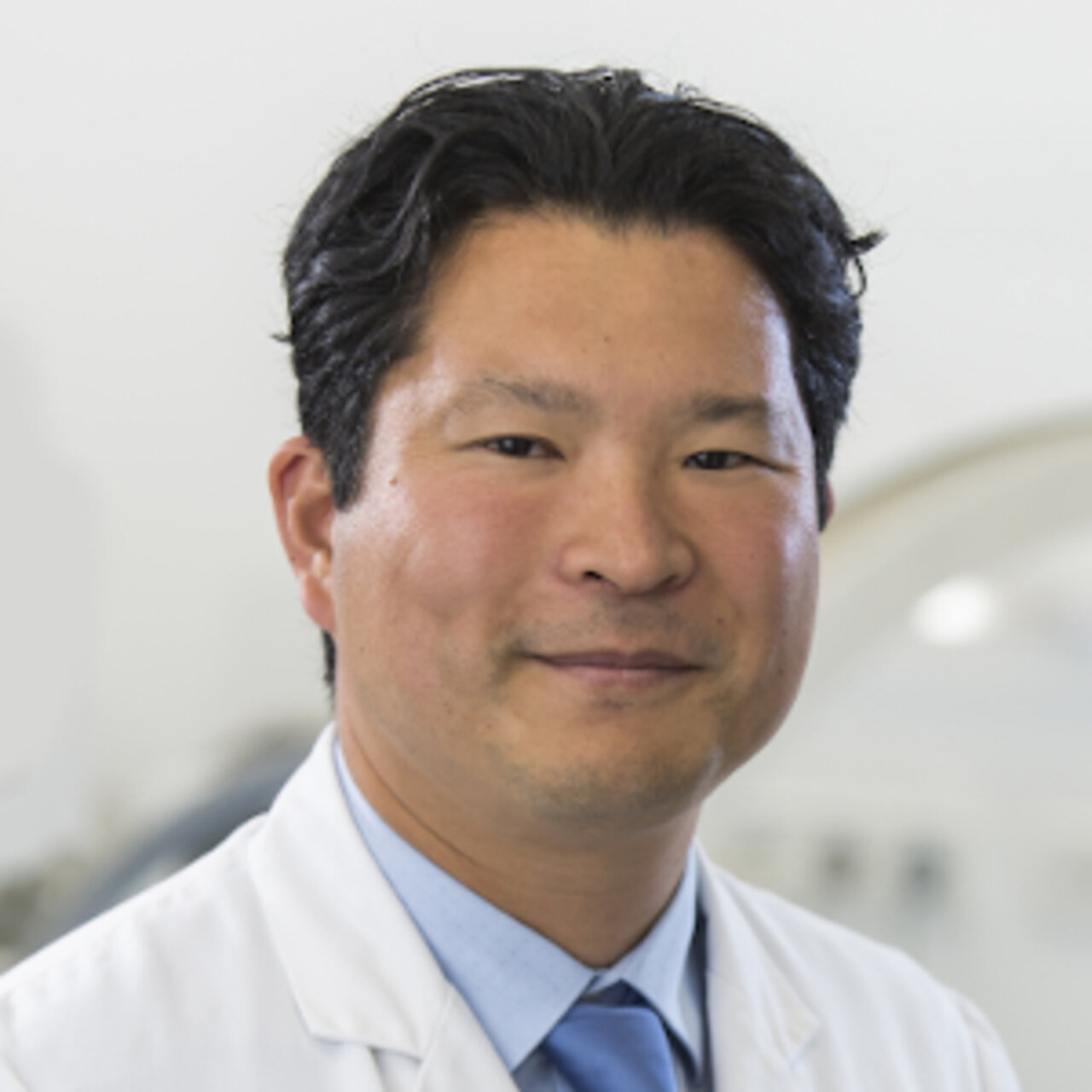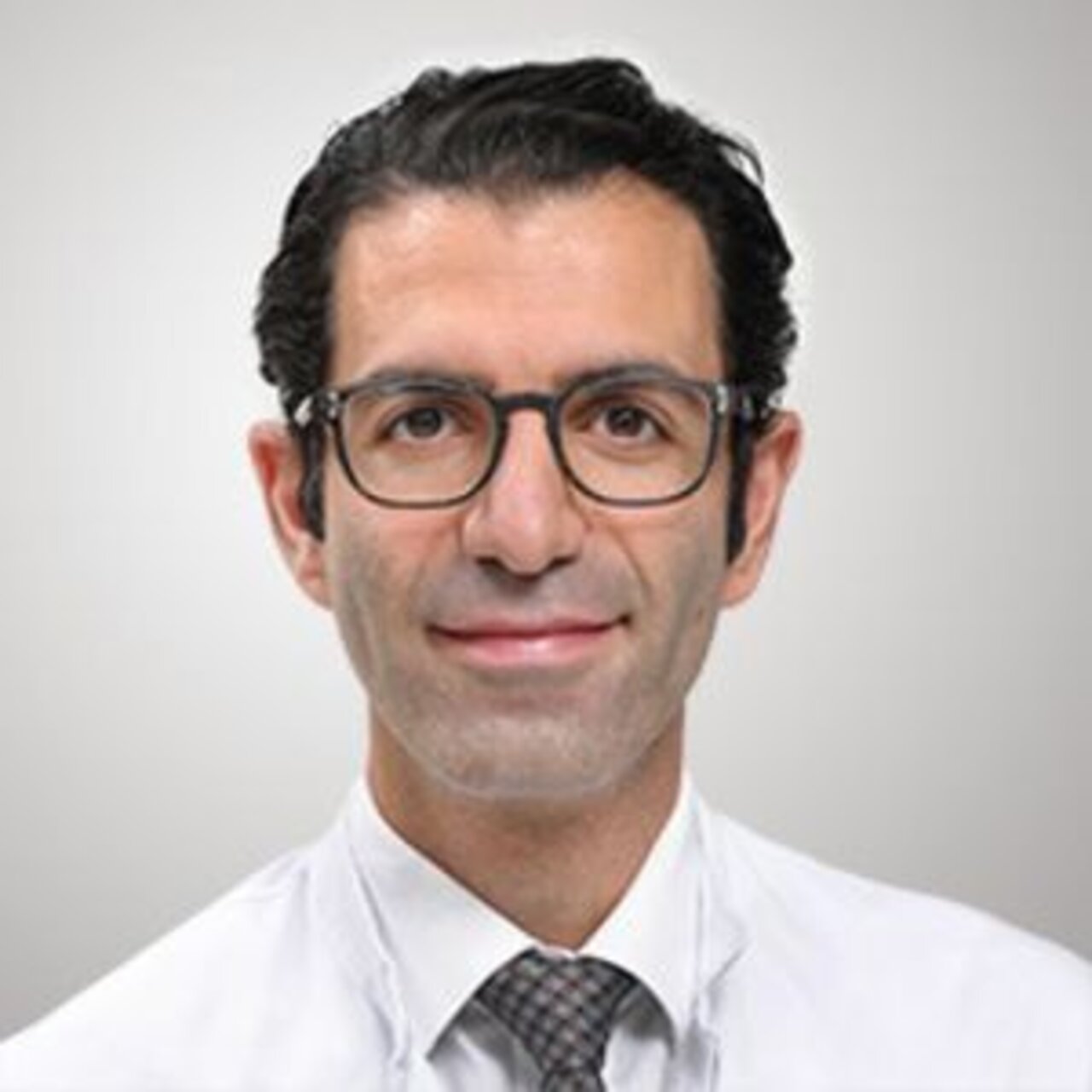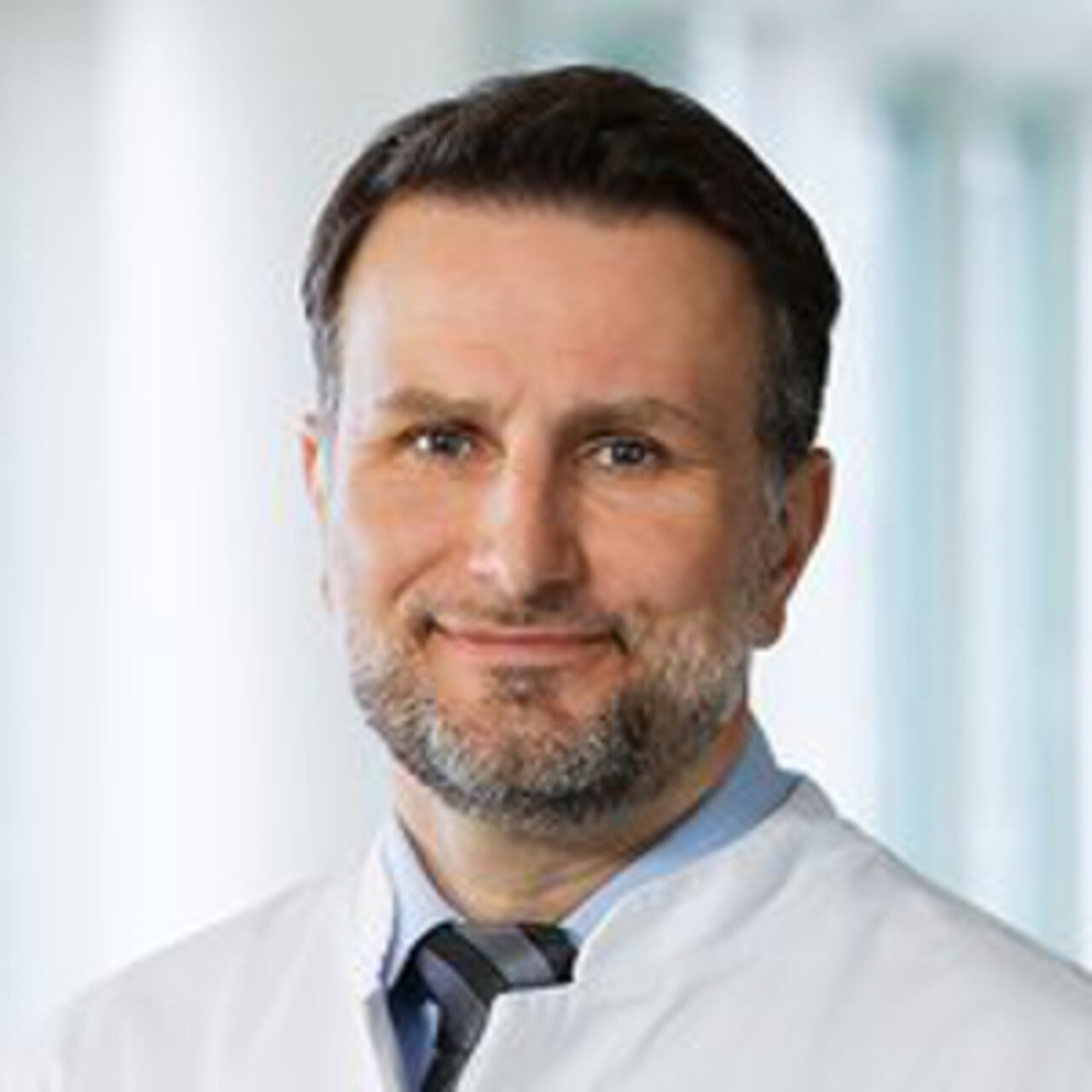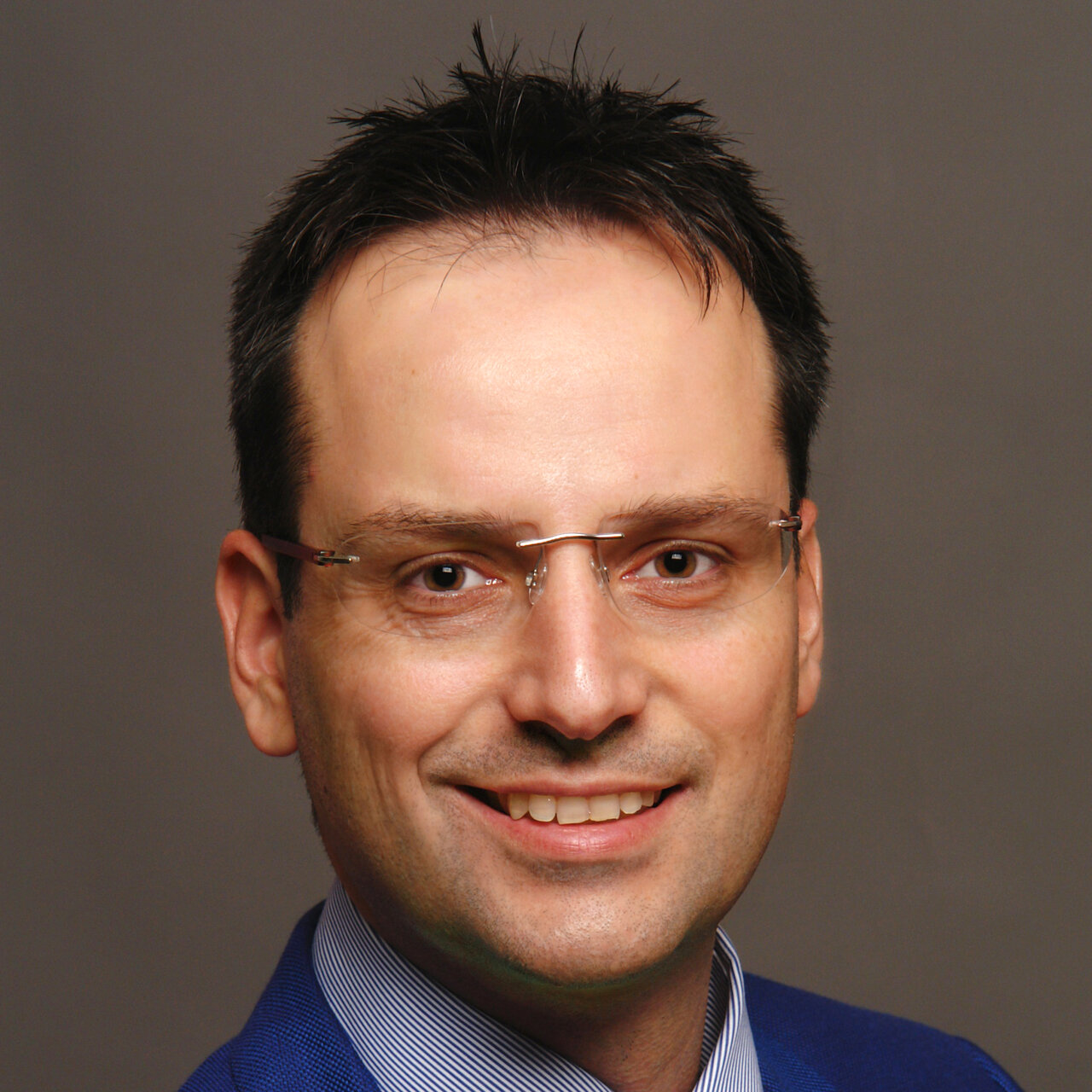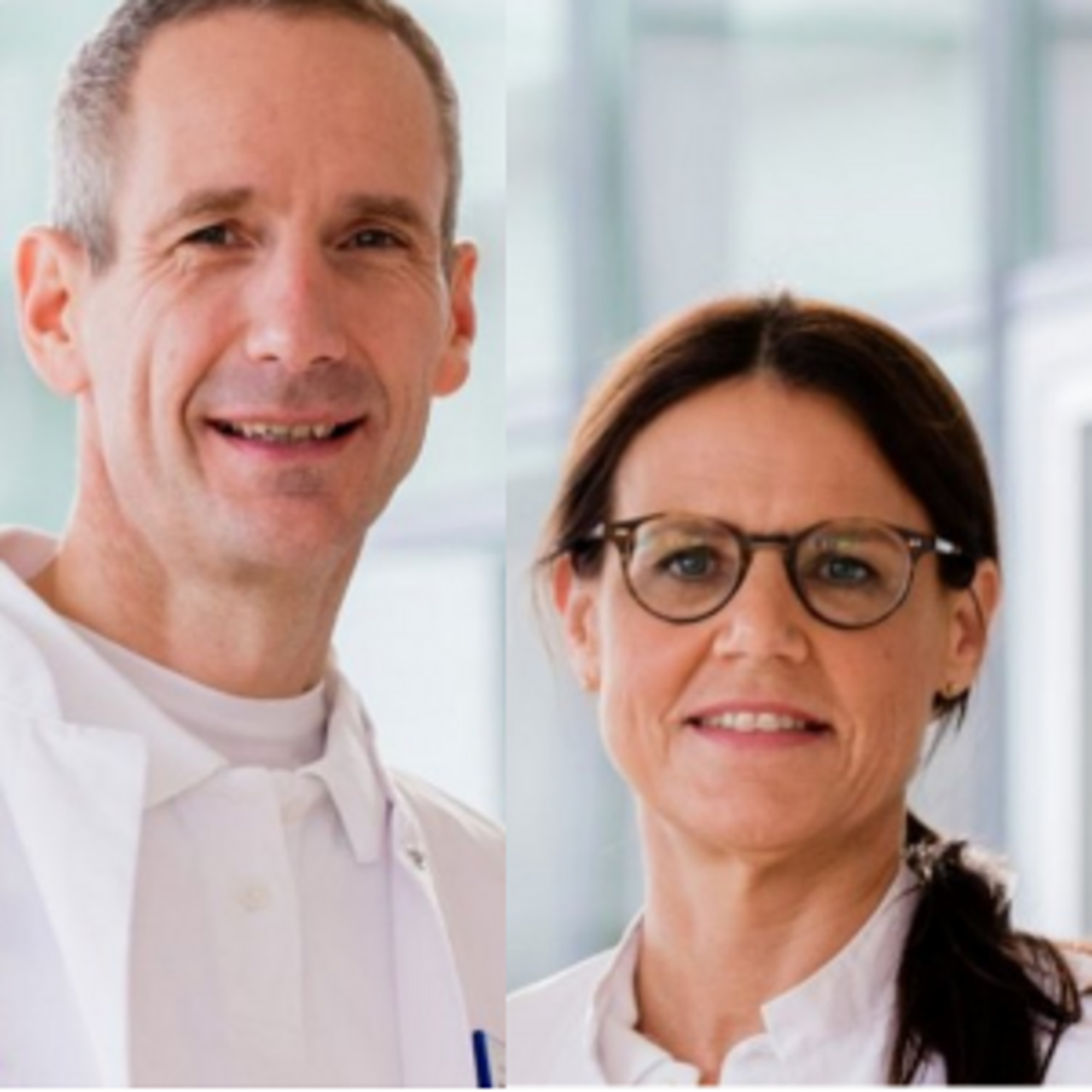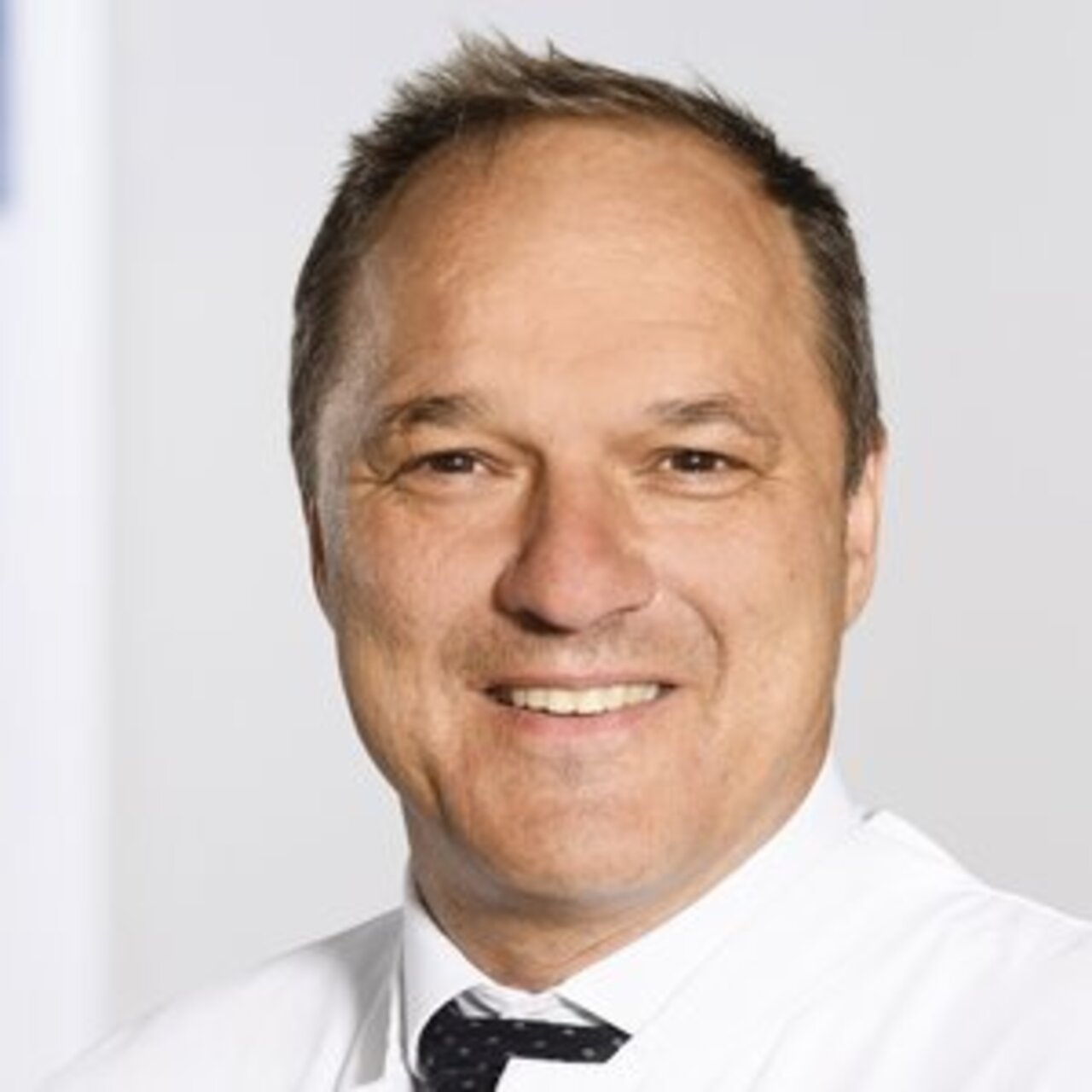Specialists in Cervical Spine Surgery
16 Specialists found
Information About the Field of Cervical Spine Surgery
When Is Cervical Spine Surgery Necessary?
Surgery on the cervical spine may be necessary due to degeneration, such as narrowing and deformity of the bony structure or a previously herniated disk. Rheumatic diseases can also lead to cervical spine instability and make cervical spine surgery necessary.
A surgical procedure is discussed with the patient if conservative measures cannot provide sufficient relief and freedom from pain.
The spine's intervertebral disks serve as a pressure-elastic cushion, as the spine is exposed to a severe load. They are cartilaginous connections between the vertebral bodies and have a gelatinous core inside. A herniated disk occurs when the cartilage ring tears, causing the gelatinous core to bulge or even leak. This can occur spontaneously or slowly. If the spinal nerves or the spinal cord are constricted, it leads to severe head and neck pain, back pain, dizziness, sensory disturbances, and restricted mobility.
Especially in old age, the cartilage structure is more susceptible to fissures and degeneration, as the cartilage loses elasticity over time. Nevertheless, excessive stress in athletes or lack of exercise and obesity can also lead to a herniated disk.
Often, patients can be treated after a herniated disk with the help of conservative measures so that the pain improves, and mobility is regained. This is done using physiotherapy, pain therapy, or even thermal treatments.
If the pain persists for several weeks to two months or if there are acute signs of paralysis, surgery should be carried out. In the case of acute entrapment, this is done immediately. Still, even in the case of long-lasting pain, the patient should not wait any longer than necessary to avoid chronicity. The goal here is to relieve pressure on the nerves and stabilize the spine to freedom from pain.
Degenerative changes in the spine make surgery necessary if the pain is very pronounced, or the bony changes cause pressure on the nerves.
What Are the Methods of Cervical Spine Surgery?
There are different approaches to cervical spine surgery, e.g., open-surgically with a skin incision about 3-4cm long. Still, it can also be carried out minimally invasively to remove the prolapsed disk in a microsurgical way.
In the open-surgical variant, two approaches can be chosen: the approach from the front or the neck. This is decided depending on the location of the herniated disk, that is, whether the disc is prolapsed anterior or posterior. After removing the disc, an artificial disk replacement or implant can be placed. If this is not possible, the two vertebral bodies can be stiffened together by a procedure called spinal fusion. The procedures are carried out in an inpatient setting under general anesthesia and take about one to one and a half hours.
What Are the Risks?
Like any surgery, cervical spine surgery involves common surgical risks. These include inflammation, wound infection, secondary bleeding, and injury to surrounding structures. With the anterior approach, the major cervical vessels, trachea, and esophagus, in particular, must be spared. However, injury to these structures rarely occurs. Hoarseness and dysphagia may occur, but these usually subside.
With the posterior approach, the tension of the neck muscles may occur after surgery. Therefore, patients must be informed about possible spinal cord injury before surgery, which rarely happens.
How Long Is the Recovery Phase after Cervical Spine Surgery?
After surgery, patients spend about a week in the hospital, followed by follow-up rehabilitative treatment, which can be done in an outpatient setting or an inpatient rehabilitation facility. The healing process can take several weeks, and patients should take it easy at first to avoid slowing down the healing process.
Aftercare and Rehab
After the first weeks of physical rest with light movements, a slow muscle rebuilding with physiotherapy can take place. During this time, moderate but continuous exercise is recommended.
In the long term, patients should get enough exercise and do moderate sports to strengthen the back and neck muscles. Back-friendly behavior should also be observed to prevent a recurrence of disk herniation.
Which Doctors and Clinics Are Specialized in Cervical Spine Surgery?
Cervical spine surgery is carried out by trained neurosurgeons and takes place in a neurosurgery clinic. Orthopedic surgeons who specialize in spine surgery can also safely perform the procedure. Rehabilitation facilities for follow-up treatment usually specialize in spinal rehabilitation as well.
We can help you find an expert for your condition. All doctors and clinics listed have been reviewed by us for their outstanding specialization in cervical spine surgery and are awaiting your inquiry or request for treatment.
Sources:
- www.dgu-online.de/patienten/haeufige-diagnosen/senioren/bandscheibenprolaps.html
- www.schulthess-klinik.ch/de/wirbelsaeulenchirurgie-neurochirurgie/behandlung/operation-der-degenerativen-halswirbelsaeule
- www2.medizin.uni-greifswald.de/neuro_ch/index.php
- eref.thieme.de/ebooks/2448135
